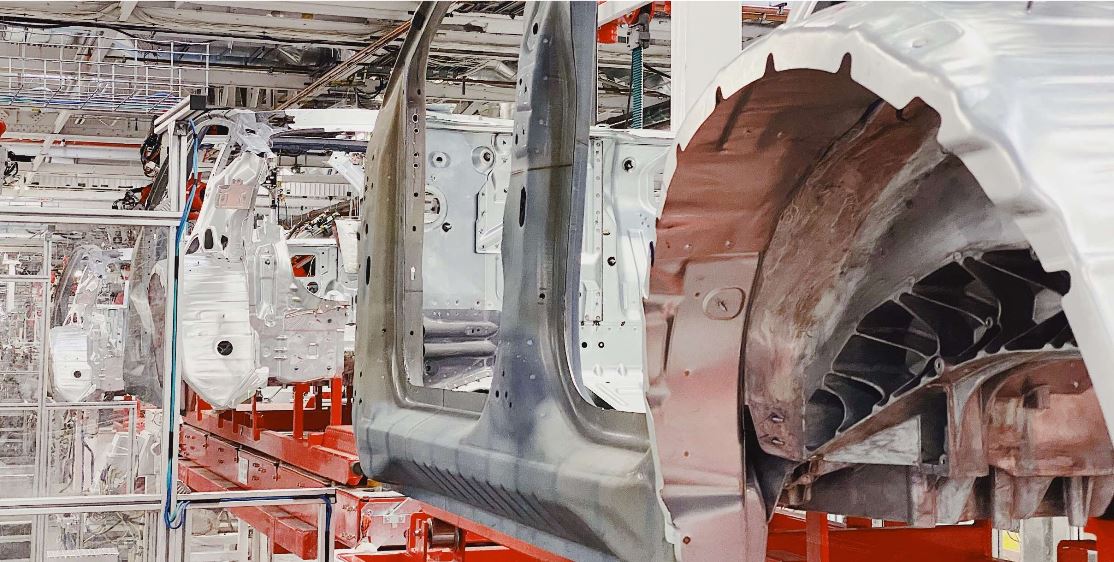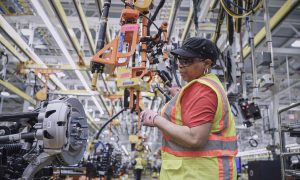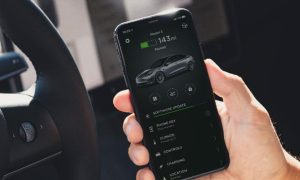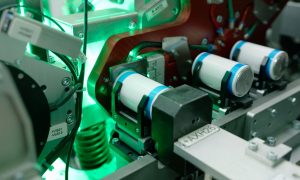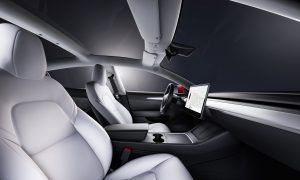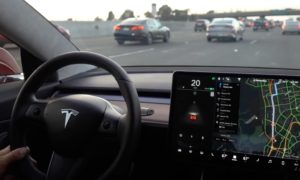Tesla has made strides in terms of adjusting the timeline of Model Y deliveries. From Fall of 2020, Elon Musk and his team moved it up to Summer this year. During the company’s Q4 2019 earnings call, the carmaker announced that the initial delivery of the much-awaited electric crossover will actually happen this March. This says a lot on how the Silicon Valley-based carmaker has matured through the years.
Tesla began limited production of the Model Y at its Fremont factory and it has also started building the next phase of Giga Shanghai meant for the production of the crossover SUV. Giga Berlin would be the next big thing and with its learnings from the Model Y program in Fremont and Shanghai, the production of the Model Y in Germany may help Tesla redefine “Elon Time.”
Biggest Room For Improvement
Tesla is undeniably the leader in the electric vehicle industry. Even automotive giants have acknowledged that Tesla is the standard that they need to catch up to.
Tesla has great products and a CEO with great vision but if there’s one aspect of business all loyal followers would love to see, it’s in the timely delivery of its vehicles. Depending on how efficient ongoing production is and how many standing preorders are to be served, waiting times could be a few weeks, to a month, to a few months, or even a year or so for products that are yet to be produced. Delays, such as those experienced by reservation holders of the Model X, have even inspired the meme-worthy moniker of “Elon Time,” a reference to the CEO’s optimistic target timeframes.
Tesla’s logistics does not depend on any third-party franchise dealerships like other automakers but rather its own stores and delivery centers. Elon Musk has continually strived to improve delivery times and part of the strategy is by bringing Tesla’s car factories to its customers. Thus, Giga Shanghai is set to give a strong foothold in the biggest automotive market in the globe. Then, there’s Giga Berlin that would cater to Germany and the rest of Europe.
“It kind of makes sense. But what we’re doing — or have been doing in the past was really pretty silly in making cars in California and then shipping them halfway around the world to Asia and Europe. And this created a lot of cost, because you got to ship those cars, so they got lot of finished goods, sitting on the order or waiting at the port or going through customs, you got tariffs, transport,” said Musk. This also addresses the complexity of fulfilling the build according to the regulations of different regions.
Tesla’s Transformation as a Mature Car Manufacturer
The Tesla Giga Berlin groundbreaking is expected to happen this March and Elon Musk hopes to flick the switch on of the first Gigafactory in Europe by July 2021 to begin the production of the Model Y for Germany and the rest of Europe.
Tesla has proven itself capable of sticking to timelines when it comes to building its Gigafactories. For example, It practically turned a muddy field in China into an operational car factory in 10 months. In Germany, it has been cooperating with federal and local authorities and has addressed concerns of environmental groups to get closer and closer to laying the first brick of Giga Berlin in Grunheide.
The more interesting thing to take note of is how Tesla outlined its goals for Giga Berlin.
“Phase 1 will focus on production of Model Y, with a target capacity of 10,000 vehicles per week. We estimate that during Phase 1, we will employ up to 12,000 people, with roles being filled by local residents and employees from wider Europe,” the Giga Berlin website reads.
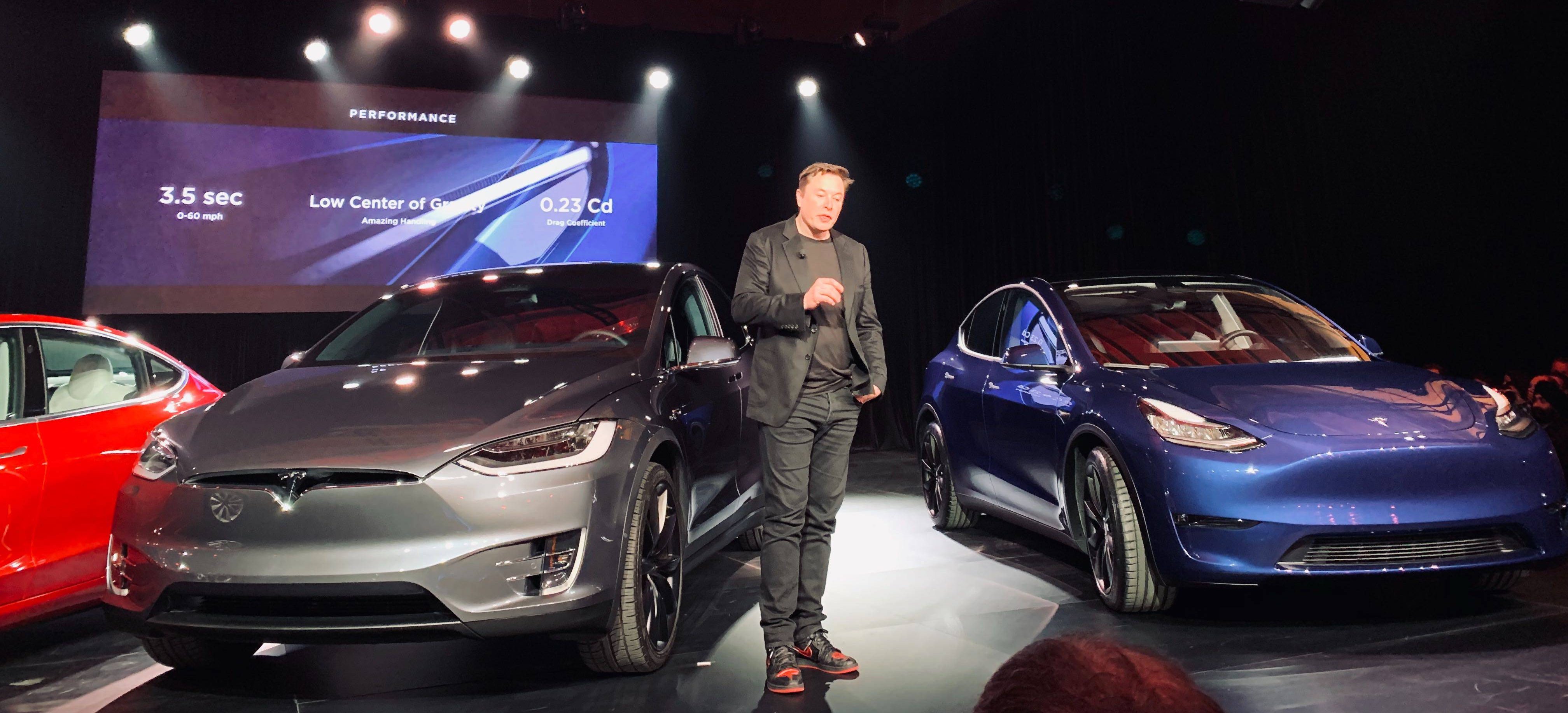
Manufacturing cars is far from making pancakes. Tesla’s Fremont factory has a current capacity of producing 400,000 combined Model 3 and Model Y units per year. Giga Shanghai, meanwhile, aims to do 150,000 vehicles annually. To do 10,000 units per week is a gargantuan task but realizing that Elon Musk has been underpromising and over-delivering when it comes to the Model Y, perhaps Tesla has indeed started using advanced manufacturing techniques that the CEO hinted at during a Model 3 event in Shanghai.
“Model Y will also have some advanced manufacturing technology that we will reveal in the future. I think it will be exciting to show the kind of manufacturing technology associated with the Model Y and it will be exciting to learn about these technologies,” Musk said.
No one exactly knows what these manufacturing technologies are but there are speculations that the Model Y will heavily rely on casting to quickly and efficiently produce the vehicle’s essential parts. This is also what’s suggested by earlier patents of the company.
The Model Y could be the first vehicle that demonstrates the company’s improving efficiency. It unveiled the Model Y prototype in March 2019 and it’s delivering the first units this month to consumers. This could partly be due to the Model Y sharing about 75% of its DNA with its Model 3 sibling, but it reflects Tesla’s manufacturing advancements nonetheless.
New Elon Time
If Giga Berlin remains on schedule and Tesla starts Model Y production in Germany, a country that highly values punctuality, on time, it could give its sales books a good boost as the vehicle is perfectly timed for Europe’s crossover growth. Sales of compact SUVs are forecasted to be flat this year with LCM Automotive predicting only about 2 million units in the segment as carmakers transition from older vehicles to electric vehicles. As Giga Berlin begins production of the Model Y, there is an expected uptick in demand with sales rising to 2.4 million units per year to about 2.8 million by the mid-2020s.
Beyond earnings, the redefinition Elon Time by a timely Model Y production and delivery will help Tesla gain the respect of other car manufacturers, the market, and investors. The new Elon Time would further prove why Tesla has the loyal following, and why it will be like that for a foreseeable future.

